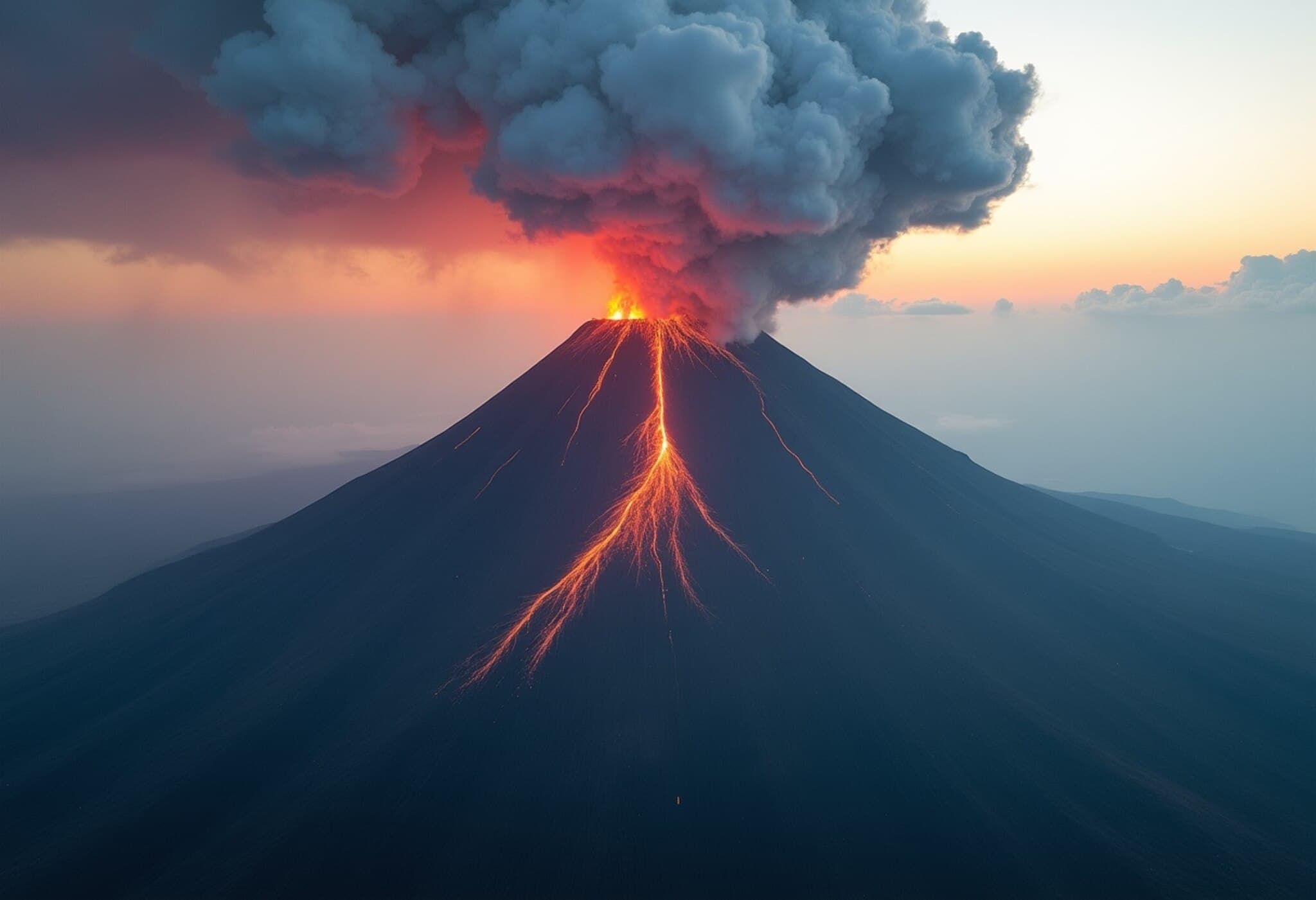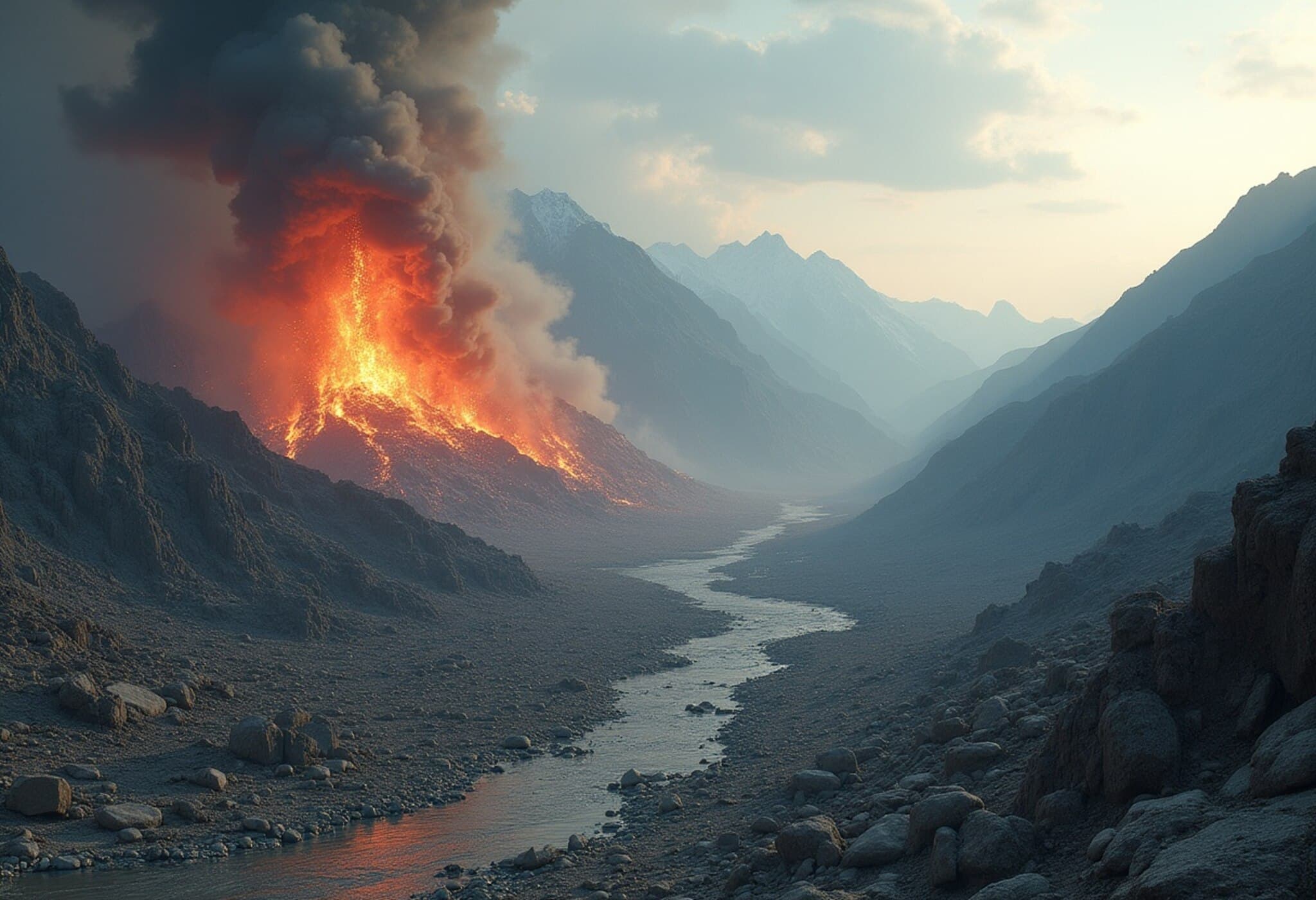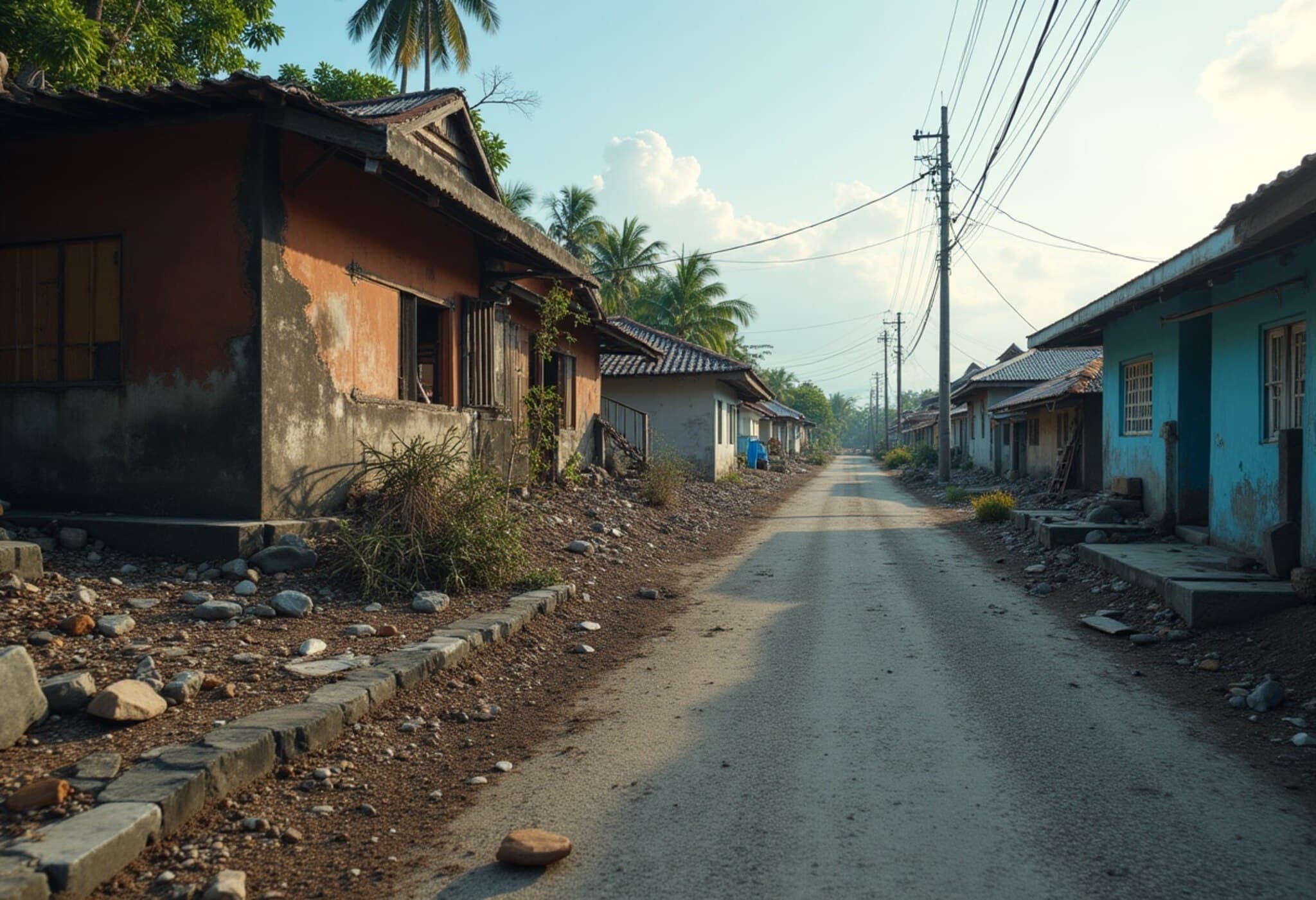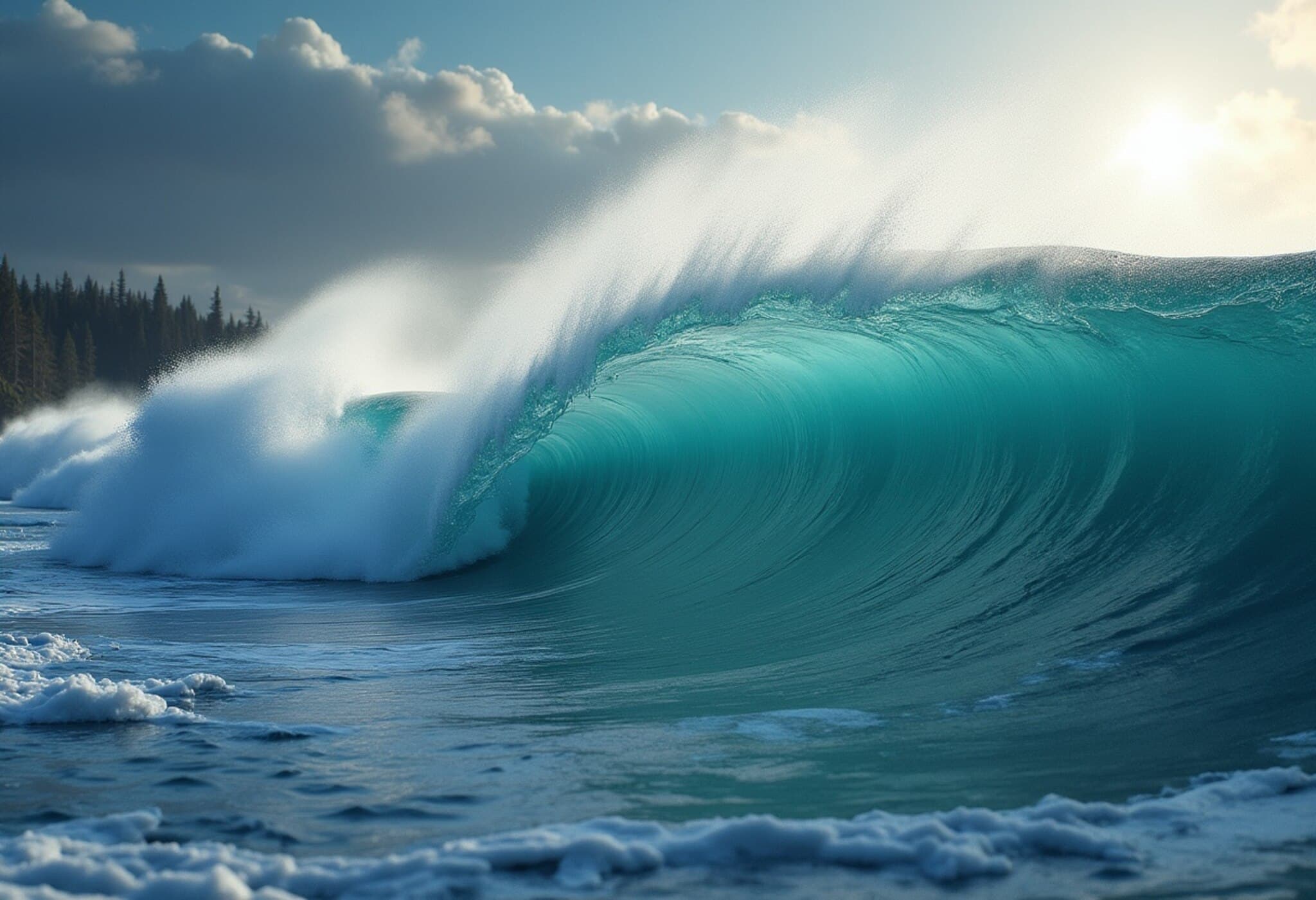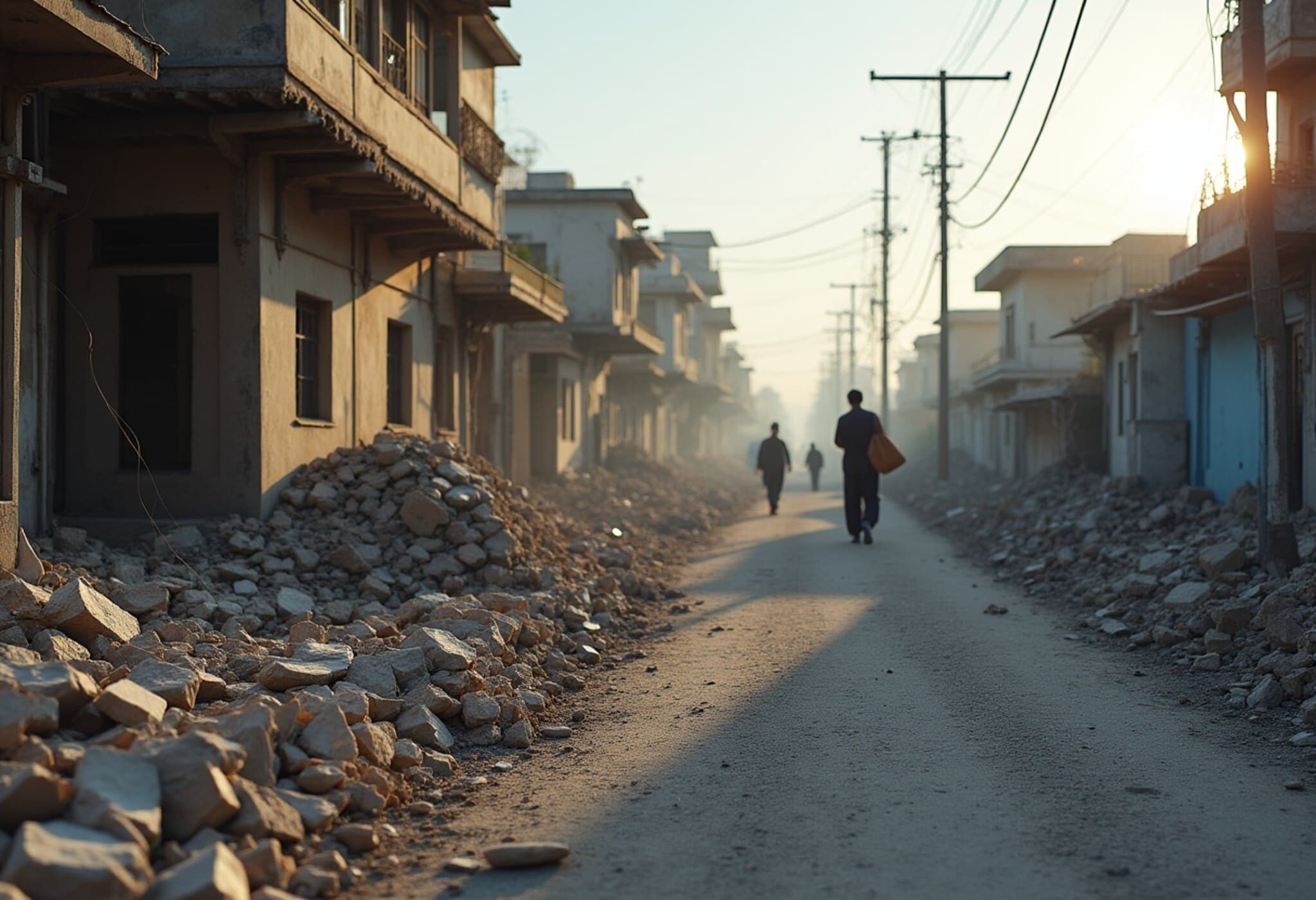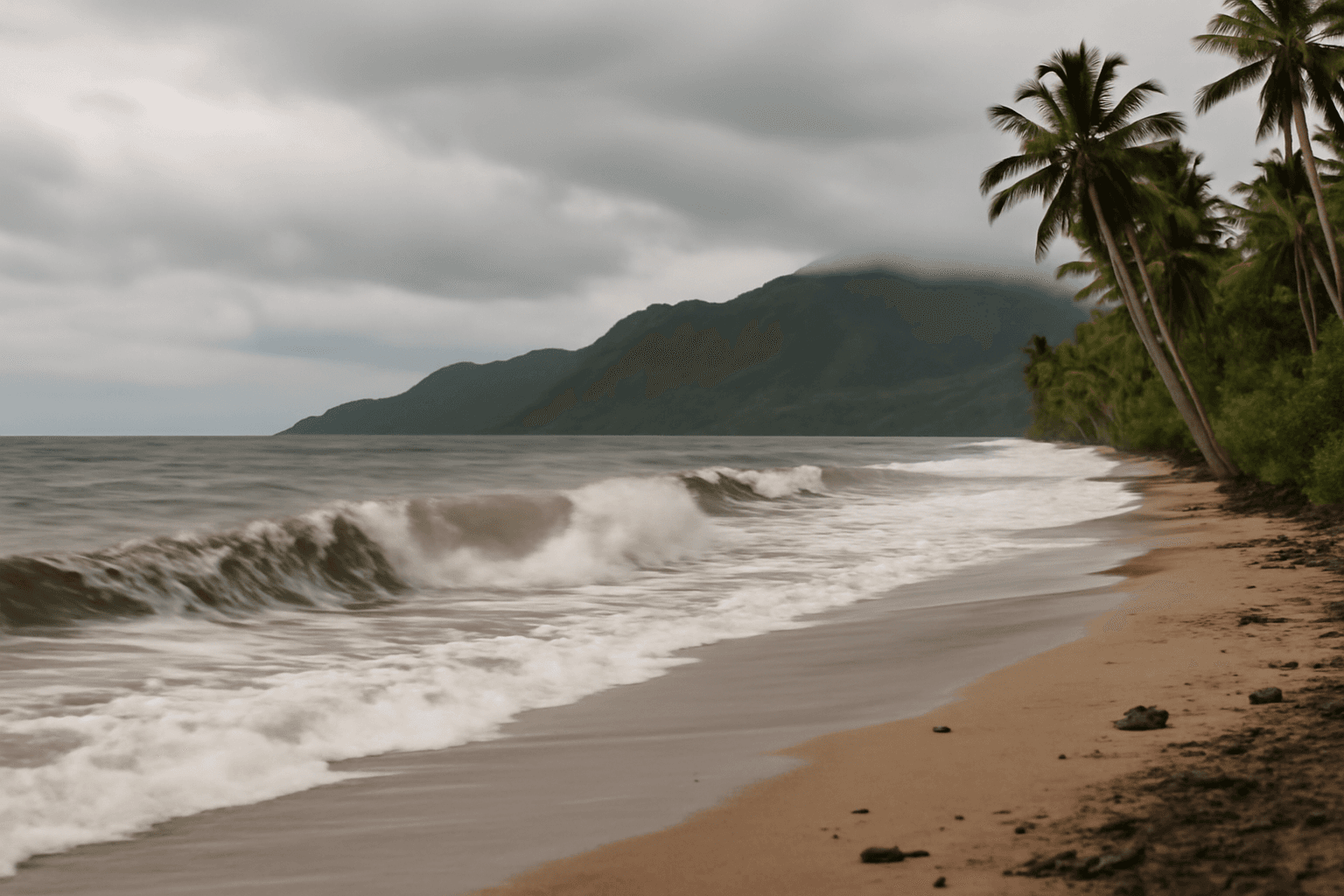Powerful 7.3 Earthquake Rattles Alaska Coast
On Wednesday afternoon, a strong earthquake measuring 7.3 on the Richter scale shook the coast of Alaska, sending shockwaves through communities and prompting emergency officials to issue a tsunami warning for large parts of the Alaska Peninsula and areas stretching toward Anchorage.
The tremor struck at approximately 12:37 p.m. local time (2037 GMT), with its epicenter located about 54 miles (87 kilometers) south of Sand Point, near Popof Island. The quake’s depth was relatively shallow, at 20.1 kilometers, a factor that often intensifies surface shaking and increases potential damage.
Immediate Tsunami Warning and Affected Areas
The National Oceanic and Atmospheric Administration (NOAA) acted promptly, issuing a tsunami warning spanning the Pacific coastal regions from Kennedy Entrance (40 miles southwest of Homer) to Unimak Pass (80 miles northeast of Unalaska). This warning extended to the southernmost parts of mainland Alaska, including proximity to Anchorage.
The National Tsunami Warning Center (NTWC) in Palmer, Alaska, confirmed that a tsunami had indeed been generated by the quake, and warned that impacts ranging from inundation to strong wave activity were likely in the warned zones.
Importantly, initial assessments suggested that no tsunami threat extended beyond Alaska’s coastline, sparing neighboring regions from immediate danger.
Seismic Activity in the Pacific ‘Ring of Fire’
Alaska sits squarely on the geologically active Pacific Ring of Fire, a notorious boundary of tectonic plates that spawns frequent and often powerful seismic events. While earthquakes of this magnitude—classified as ‘major’ events with magnitudes between 7.0 and 7.9—occur globally roughly 10 to 15 times annually, Alaska’s vulnerability is heightened by its extensive coastline and close proximity to plate boundaries.
The region’s history includes devastating examples, notably the 1964 Great Alaska Earthquake, which registered a monumental 9.2 magnitude—the strongest quake ever recorded in North America. That event caused catastrophic damage in Anchorage and triggered tsunamis that reached distant shores along the US West Coast and Hawaii, resulting in over 250 fatalities.
More recently, in July 2023, a 7.2-magnitude earthquake struck near the Alaska Peninsula without causing major damage, underscoring the persistent seismic risk.
Expert Perspectives and Preparedness Implications
Seismologists emphasize that while such earthquakes can cause severe destruction, early warning systems and public response protocols have improved significantly since past disasters.
Dr. Laura Mitchell, a geophysicist specializing in earthquake hazards, notes, "The depth and location of this quake are critical factors. A shallow, offshore quake like this can efficiently transfer energy into the ocean, generating tsunamis that necessitate rapid evacuation and response. Alaska’s communities, having learned from history, are better prepared, but continuous vigilance is essential.”
What Comes Next?
- Emergency responders will be assessing coastal regions for tsunami impact damage and coordinating relief efforts.
- Scientists will monitor aftershocks and evaluate any changes in seismic activity in the area.
- Officials will review and update public safety advisories based on evolving information.
This event serves as a sobering reminder of Alaska’s dynamic natural environment and the ongoing importance of preparedness, scientific monitoring, and public awareness in minimizing human and economic tolls from seismic disasters.
Editor’s Note
As the dust settles from this significant seismic event, several critical questions linger: How effective are current early warning systems in reaching remote Alaskan communities? What infrastructure vulnerabilities remain in tsunami-prone zones? And how can lessons from previous catastrophes be integrated into future disaster readiness? Staying informed and engaged with expert guidance is vital as Alaska continues to reside on the frontline of Earth’s restless geological forces.


